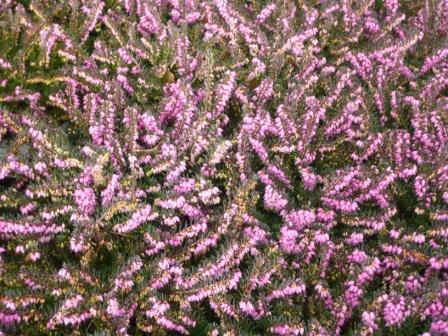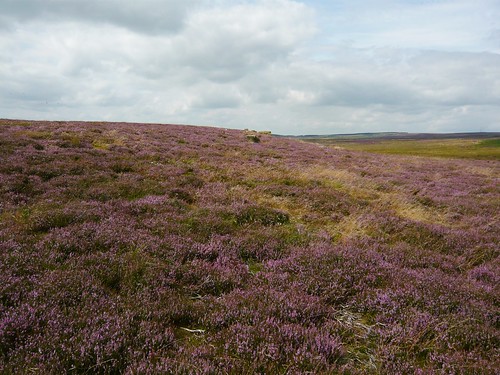Lucky Winter Heath and Heather
Erica carnea or Winter heath is a grand plant to grow in an ericaceous soil. The numerous, small, bell shaped flowers give the impression of lots of blossom from autumn through winter particularly if you choose appropriate varieties.
Heather Tips
- My personal favourite is the old Myertown Ruby but you may want to try the Springwood White or Pink. Buy plants in bloom to see the colour and vigour of the plants you are getting.
- Cuttings 2 inches long will eventually root in a mix of sharp sand and peaty compost. Alternatively plants can be formed by layering ( scrape the lower part of a stem then bury that part to root from where it touches soil)
- Prune when they have finished flowering to form neat hummocks and encourage more flowers next season.
- Little or no fertiliser is required but if flowering is poor try an ericaceous feed.
- Plant with the root ball level with the top of the soil. Do not bury plants too deep or cover with mulch.
Scottish Heather or Ling
- Calluna vulgaris is a variable shrub, prostrate or erect with green to grey leaves.
- The flowers are similar to heaths and are attractive to bees, butterflies and birds.
- The prostrate plants make good ground cover and there are some upright varieties.Normal height and spread is about 2 feet.
- Try ‘Red Carpet’ as a late Autumn flowering plant with bright red foliage in winter. Plan a follow on with a range of heaths.
- I find plants look well with large craggy rocks




3 thoughts on “Lucky Winter Heath and Heather”
A 3ft tall white winter heather has stood in my front garden for very many years and now parts of it are completely dead, although the living part is covered in flowers. I’ve cut out the dead parts out but the bush is now lopsided with a great ‘hole’ on one side. Can anything be done or should I uproot it and get another one? It’s a shame as from some angles it’s OK but from others it’s most unsightly. Any suggestions please?
Gwenda Lewis
I would take cuttings to get a new plant. I would also bend a branch over and pin it into the soil to get it to root. When you have a replacement ready then you can get rid of the parent plant. Until then It may be worth putting up with the ‘great hole’.
Comments are closed.